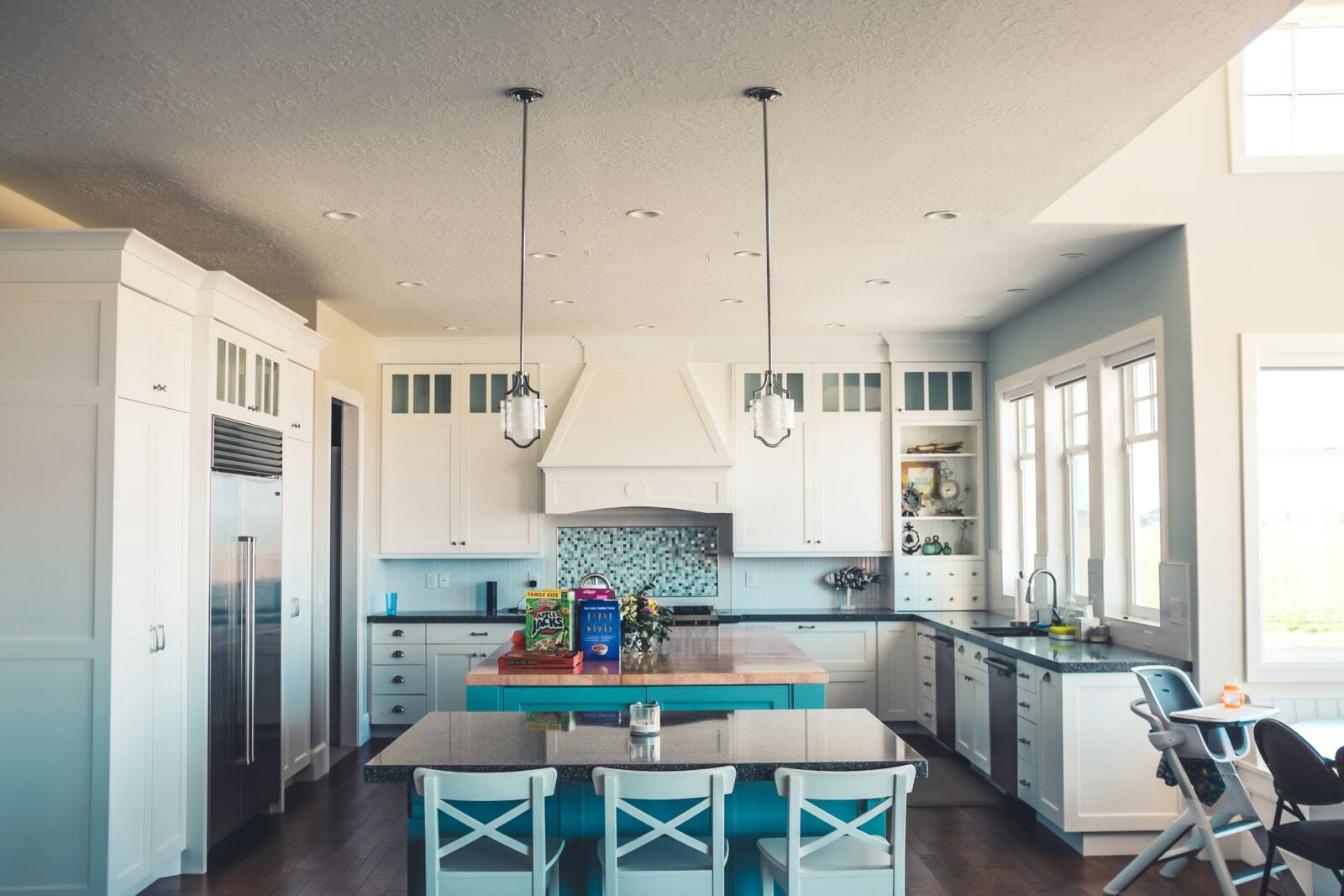When it comes to cabinetry and furniture, the details matter. One of the most overlooked details is edgebanding—the thin material applied to cover the exposed edges of plywood, MDF, or particle board. Choosing the right edgeband can make the difference between a project that looks “homemade” and one that looks professionally built.
To help you get it right, here are the top mistakes to avoid when choosing edgebanding:
1. Ignoring Material Type
Not all edgebanding is created equal. The most common options are:
- PVC edgebanding – Durable, flexible, and available in countless colors and finishes. Ideal for everyday cabinetry and commercial projects.
- Veneer edgebanding – Made from real wood, it delivers a natural, high-end look perfect for premium furniture and interiors.
Mistake: Using veneer when durability is the priority, or PVC when the design calls for natural wood aesthetics.
2. Skipping Color Matching
Nothing ruins a project faster than a mismatched edge. With solutions like paint-matched PVC edgebanding for Sherwin-Williams and Benjamin Moore colors—or digitally printed options that replicate Wilsonart, Formica, or Egger laminates—there’s no reason to settle for “close enough.”
Mistake: Settling for a near-match instead of a true paint- or laminate-match.
3. Choosing the Wrong Thickness
Edgebanding comes in different thicknesses, from 0.018″ to 3mm or more.
- Thinner bands work well for light-duty projects.
- Thicker bands provide durability and impact resistance for kitchens, offices, and high-traffic areas.
Mistake: Picking a thickness that doesn’t align with the project’s durability needs.
4. Overlooking Application Method
Edgebanding can be pre-glued (applied with heat) or non-glued (applied with hot-melt adhesive or an edgebander).
Mistake: Choosing pre-glued veneer for a large production run or professional shop, which slows down workflow compared to machine-applied rolls.
5. Forgetting About Edge Finish
The edge is more than just a cover—it contributes to the overall design. Options include:
- Matte
- High-gloss
- Textured
- Metallic accents
Mistake: Overlooking finish and creating a visible mismatch with the panel surface.
6. Ignoring Sustainability Needs
Today’s designers often look for eco-friendly choices. Recyclable PVC edgebanding and responsibly sourced veneer edgebanding can help meet green building standards.
Mistake: Not aligning edgeband material with sustainability goals or client requirements.
7. Not Sourcing from a Trusted Supplier
Consistency is everything. Uneven coloring, poor adhesion, or low durability can turn into callbacks and costly rework.
Mistake: Choosing low-quality edgebanding from unreliable suppliers instead of working with specialists like Frama-Tech, who provide accurate matches and consistent quality.
Final Takeaway
Edgebanding may seem like a small detail, but the right choice elevates the entire project. By avoiding these common mistakes—material mismatches, poor color coordination, wrong thickness, and unreliable sourcing—you’ll ensure your cabinetry and furniture look professional, last longer, and meet client expectations.




